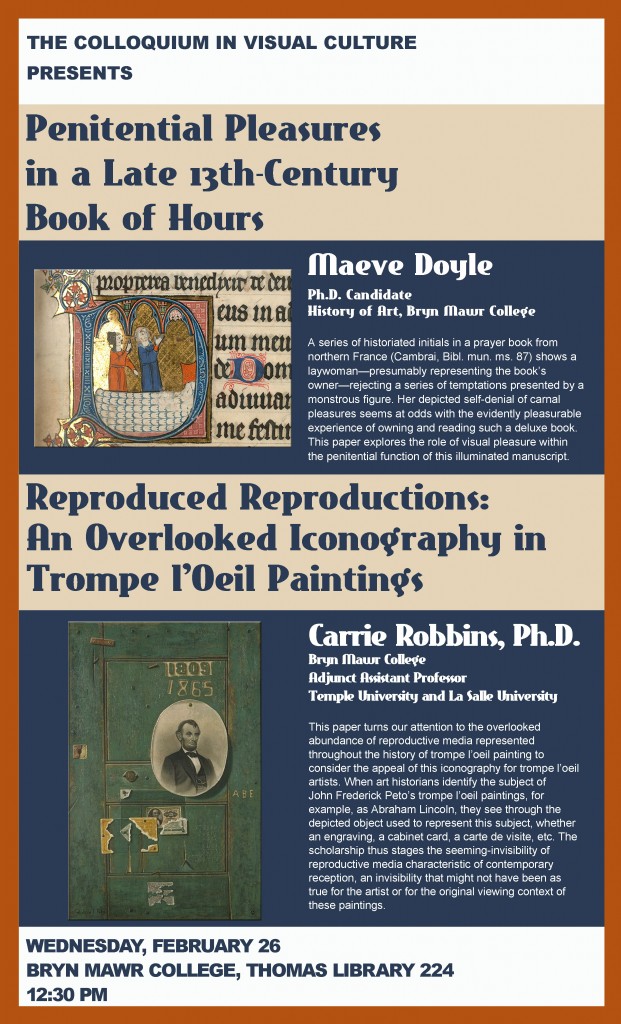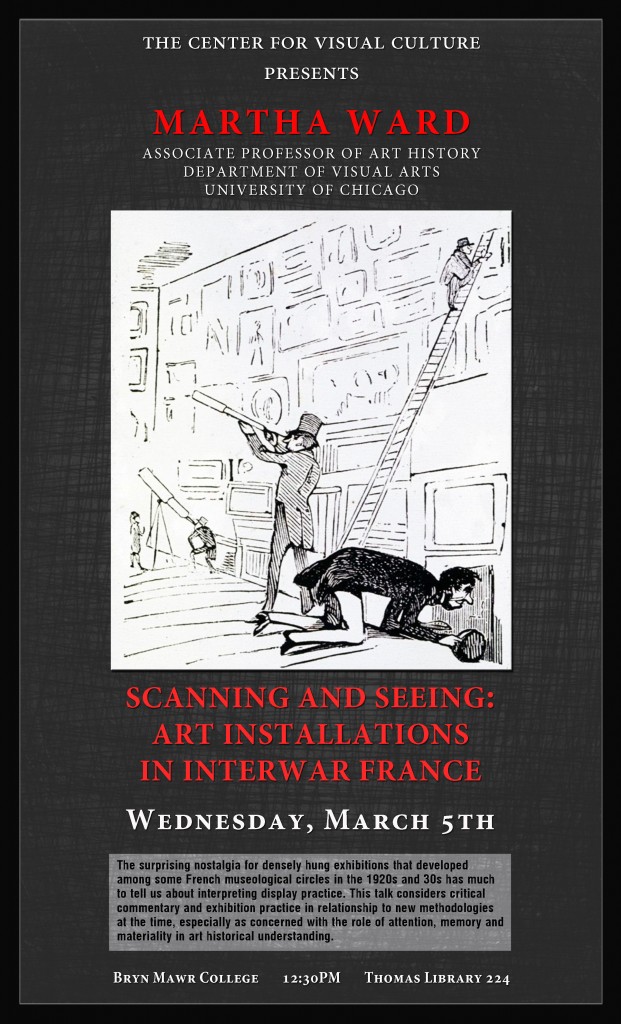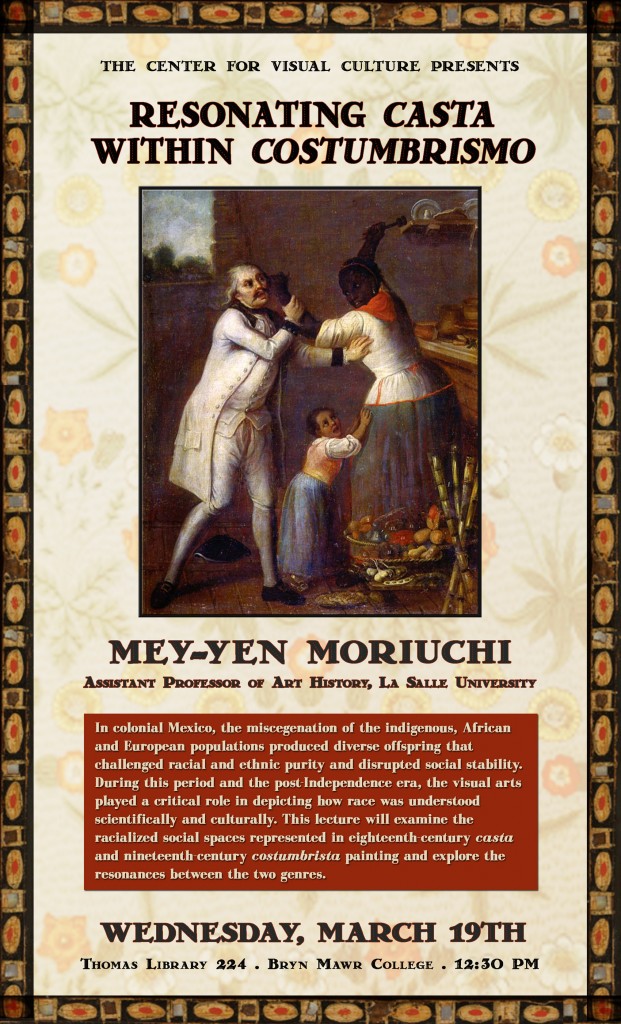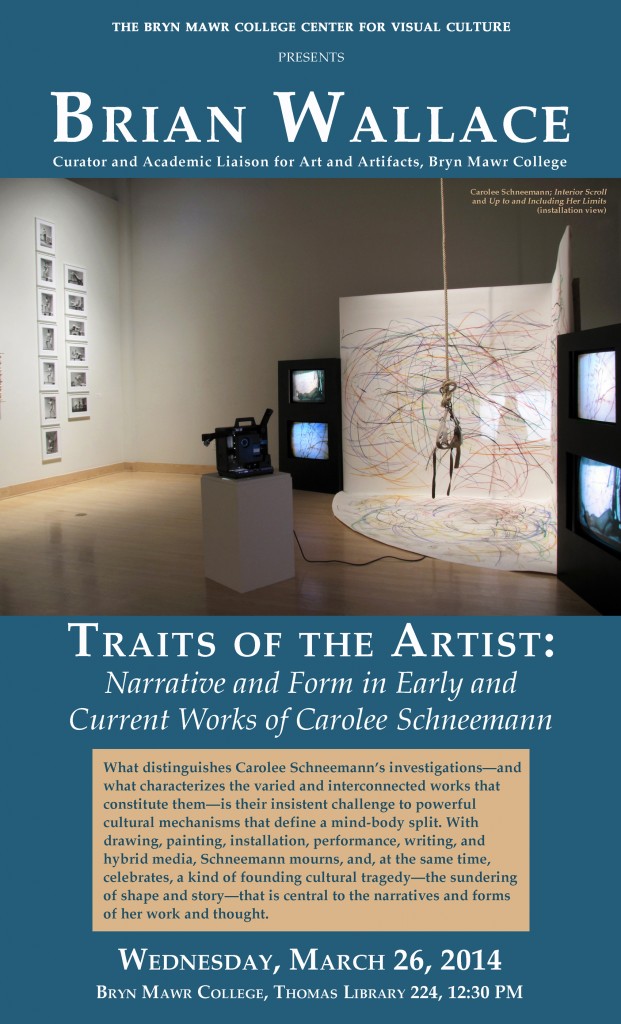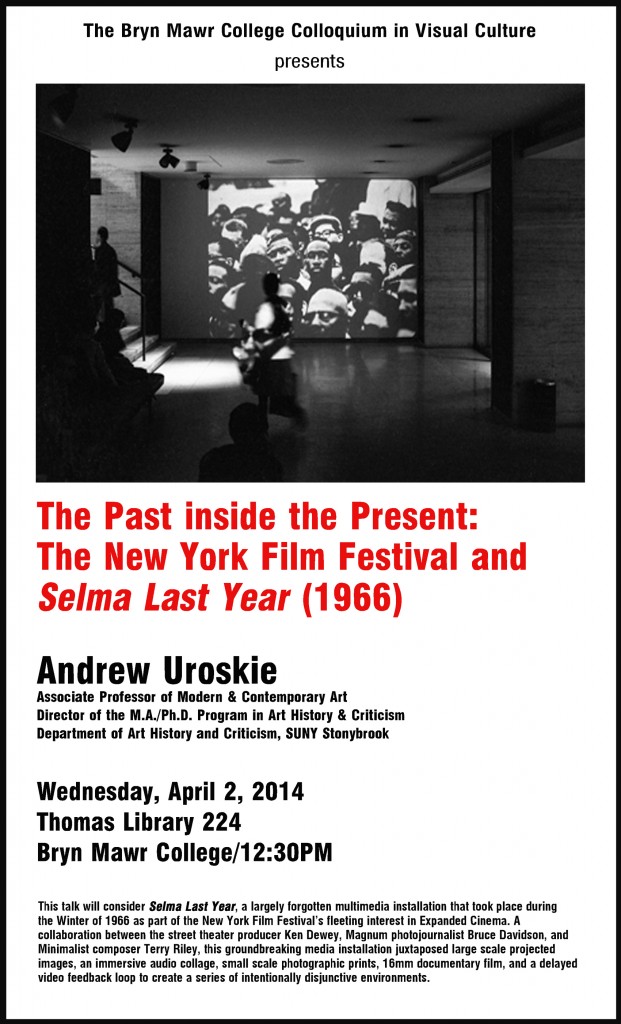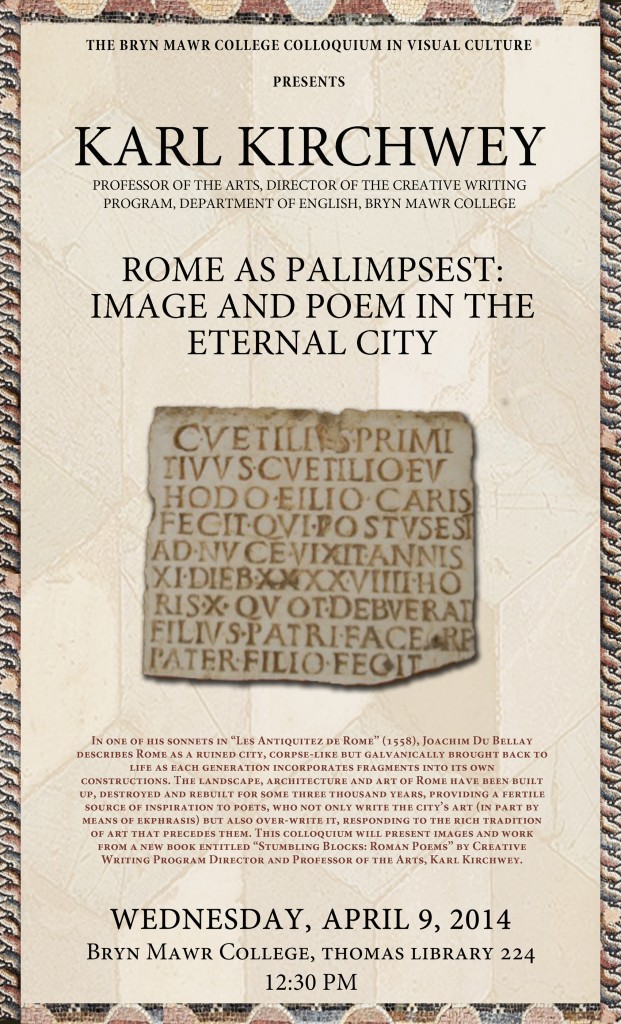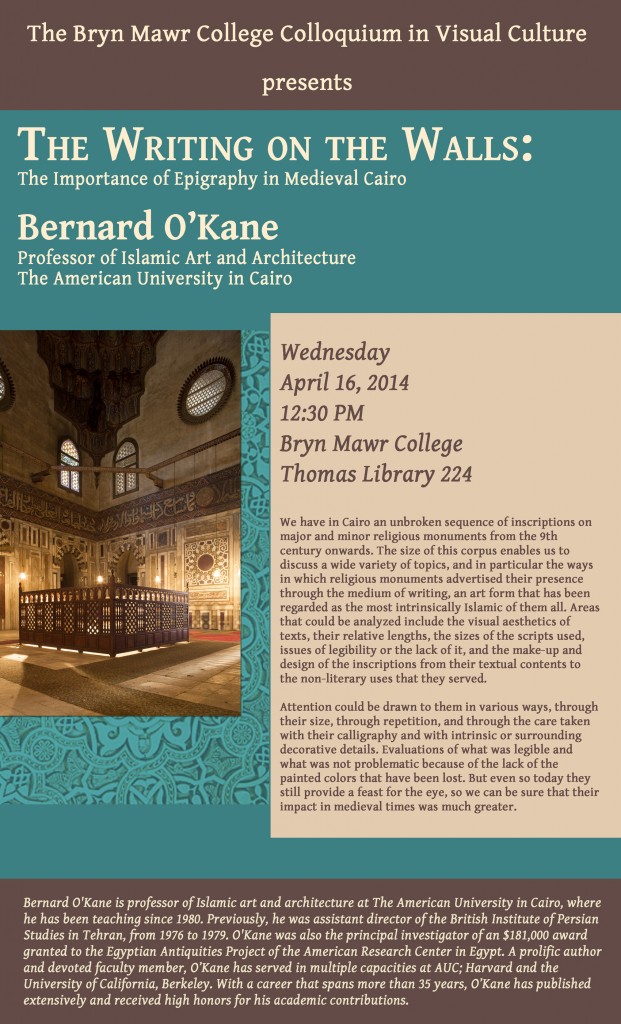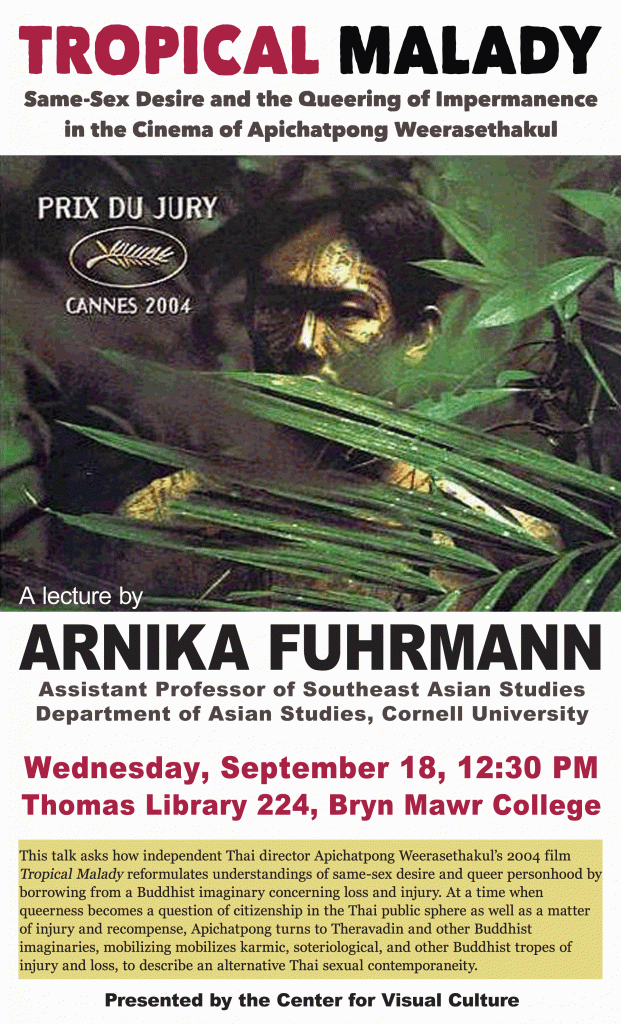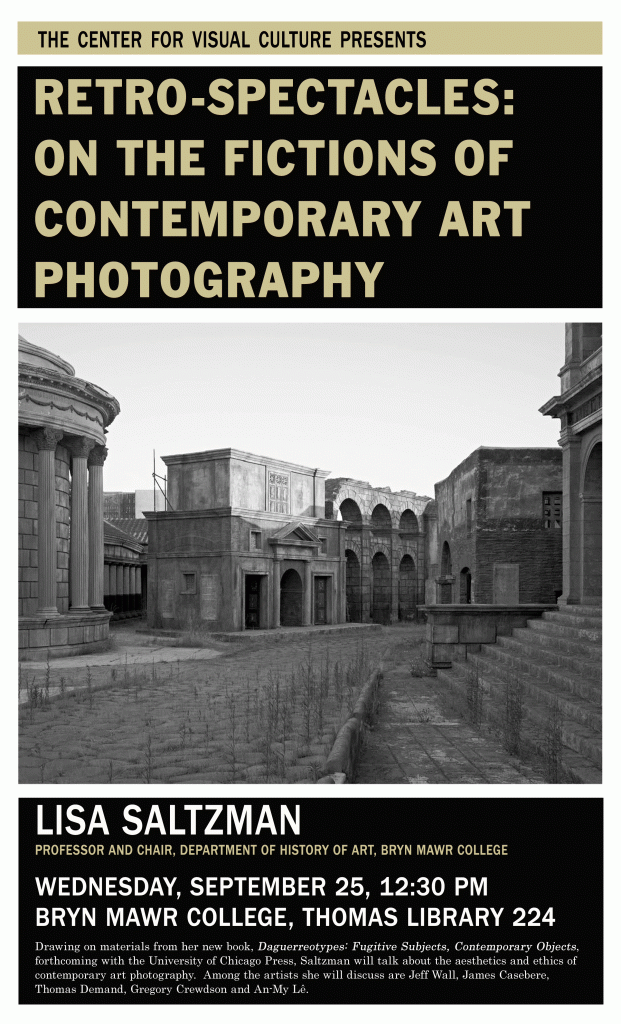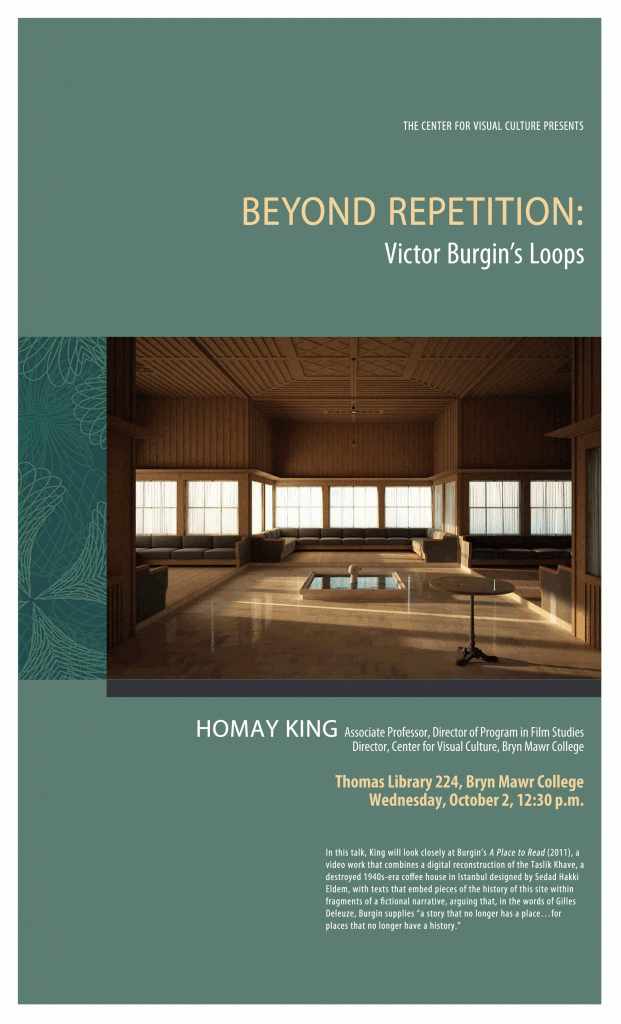Maeve Doyle, Ph.D. Candidate
History of Art, Bryn Mawr College
“Penitential Pleasures in a Late 13th-Century Book of Hours”
A series of historiated initials in a prayer book from northern France (Cambrai, Bibl. mun. ms. 87) shows a laywoman—presumably representing the book’s owner—rejecting a series of temptations presented by a monstrous figure. Her depicted self-denial of carnal pleasures seems at odds with the evidently pleasurable experience of owning and reading such a deluxe book. This paper explores the role of visual pleasure within the penitential function of this illuminated manuscript.
Carrie Robbins, Ph.D.
Bryn Mawr College
Adjunct Assistant Professor
Temple University and La Salle University
“Reproduced Reproductions: An Overlooked Iconography in Trompe l’Oeil Paintings”

